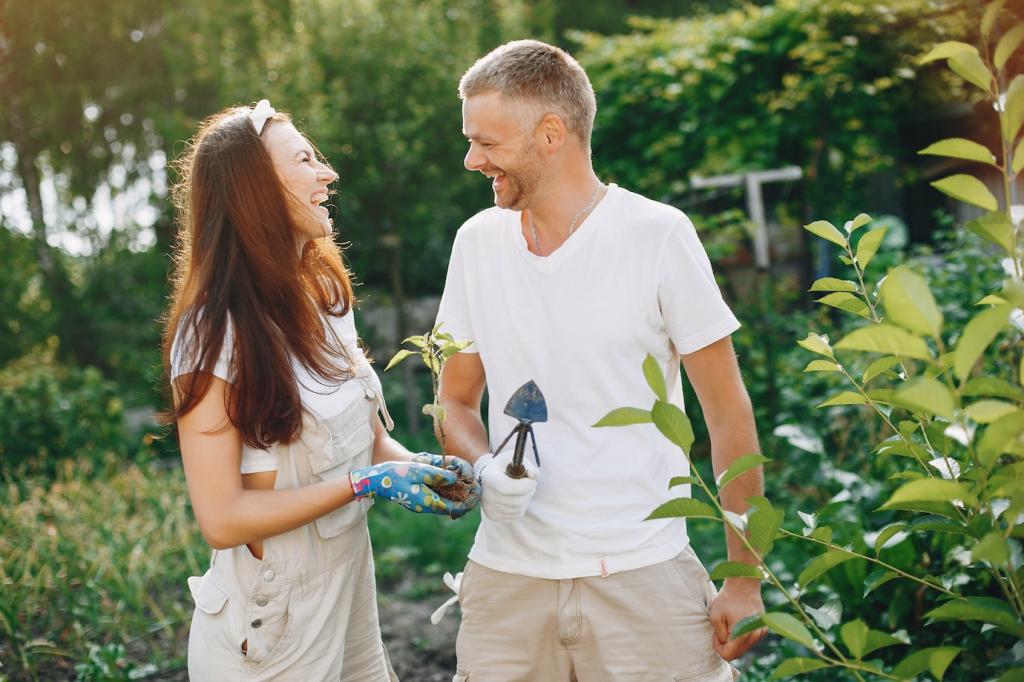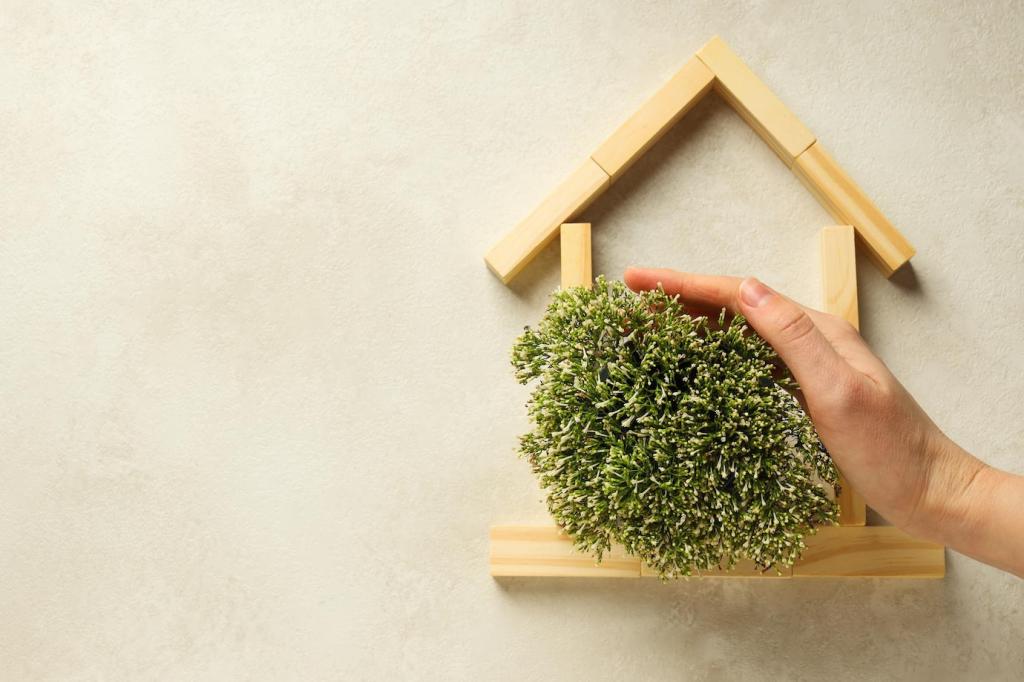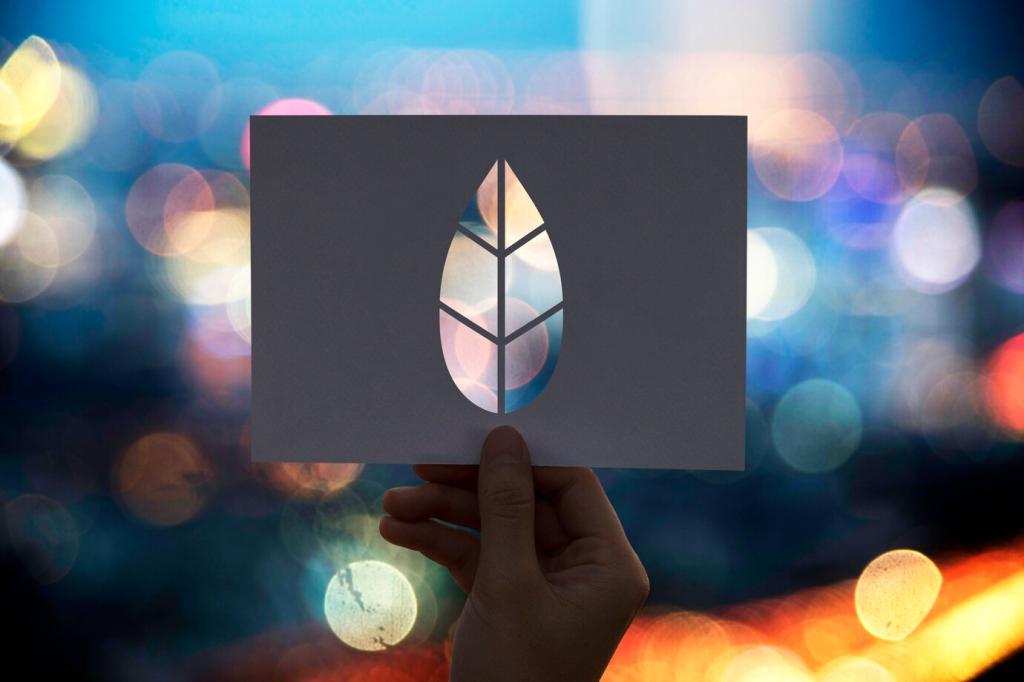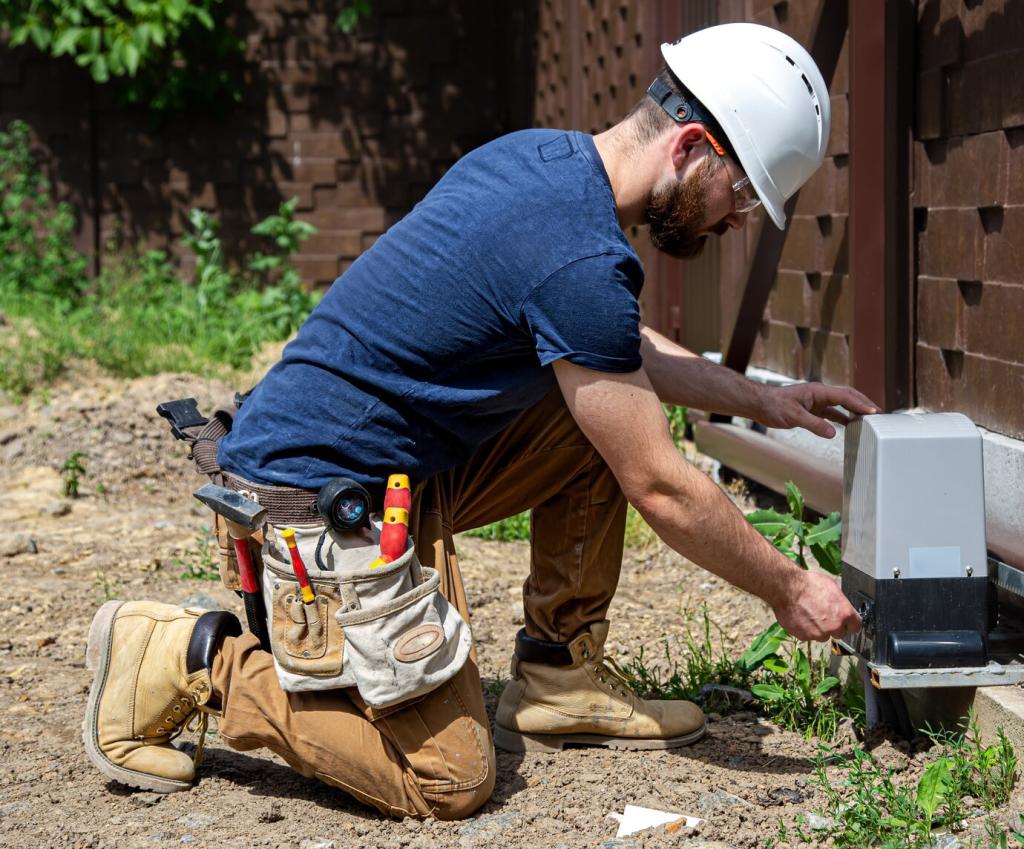Today’s chosen theme: Sustainable Upholstery Cleaning Tips. Welcome to a home that smells fresh, feels healthy, and treads lightly on the planet. Here you’ll find practical, science-savvy guidance to clean and care for your upholstery using low-tox methods, minimal water, and thoughtful habits that extend the life of your favorite pieces. Subscribe and share your wins—we’re building a greener clean, together.
Why Sustainable Upholstery Cleaning Matters
Conventional solvents can leave behind irritating fumes and residues. Switching to low-tox, fragrance-light solutions and HEPA vacuuming reduces airborne dust, allergens, and volatile compounds, creating a calmer home environment where kids and pets can lounge without lingering chemical odors or unnecessary irritants.
Why Sustainable Upholstery Cleaning Matters
Thoughtful methods, like targeted spot cleaning, cold-water dilutions, and air drying, save resources while protecting delicate fibers. Over-wetting can drive soil deeper, promote mildew, and require energy-intensive drying. Smart, minimal-moisture approaches keep cushions fresher and your utility use meaningfully lower.


Choose tight-weave cotton or bamboo cloths that release fewer microfibers, and pair them with soft, natural-bristle brushes for agitation. If you prefer microfiber, wash in a protective laundry bag and line-dry to reduce shedding, extending the cloth’s useful life while keeping delicate upholstery safe.
Eco-Safe Tools and Materials
Mild soap solution for general soil
Combine warm water with a small amount of plant-based castile soap, then whisk to create light suds. Apply foam—not liquid—using a soft cloth to minimize moisture. Blot gently, lift soil from seams, and follow with a damp cloth to remove residue before air drying completely.
Vinegar deodorizer for stale odors
Mix distilled water with a modest splash of white vinegar in a spray bottle. Mist lightly to neutralize lingering smells, then air out with cross-ventilation. Avoid natural silk, wool, and acetate with vinegar; instead, try a soap-and-water foam or specialized pH-appropriate solution for those delicate fibers.
Natural fibers: cotton, linen, wool blends
Vacuum gently, then use light foam instead of liquid to avoid over-wetting. Maintain neutral-to-mildly acidic pH for wool. Blot patiently, pressing with a dry towel to absorb hidden moisture. Direct sunlight can fade dyes, so dry away from strong rays and resist the urge to speed with heat.
Synthetics and performance fabrics
Many synthetics handle water well but can trap oily soil. Start with HEPA vacuuming, then use a mild soap solution and soft brush agitation. For stubborn spots, a tiny amount of isopropyl alcohol on a cloth can help lift oils—always patch test and ventilate to keep fumes minimal.
Leather and vegan leather
Wipe dust first, then apply a pH-neutral cleaner sparingly. Avoid saturating seams. Condition natural leather with a plant-based, non-greasy formula, and protect from harsh sun that can crack surfaces. For vegan leather, use gentle cleaners and avoid petroleum-heavy polishes that can degrade finishes over time.
Stain Scenarios and Planet-Friendly Fixes
Coffee, tea, and wine
Blot immediately with a dry cloth—no rubbing. Apply a small amount of mild soap foam, then lift with a clean, damp cloth. For persistent tannins, a carbonated water blot can help. Be patient; several light passes beat one heavy application and keep both moisture and waste low.
Pet accidents and lingering odors
Remove solids, blot moisture, then apply an enzyme cleaner and allow proper dwell time. Blot again, rinse lightly, and dry thoroughly. Sprinkle a little baking soda once dry, wait, and vacuum. Share your go-to routine in the comments—pet parents learn fastest from each other’s real-world wins.
Ink marks and dye transfer
Place a clean cloth beneath the area to prevent spread. Dab gently with 70% isopropyl alcohol on a cotton swab, lifting the ink slowly. Avoid soaking. Follow with a damp cloth to remove residue and dry with airflow. Always spot test on a hidden seam before starting.


Preventive Care That Saves Resources
Adopt a weekly HEPA vacuum routine, focusing on creases where crumbs settle. Add doormats, shoe-free zones, and regular dusting of nearby shelves to reduce airborne particles that land on fabric. Less soil equals gentler cleanings and a longer lifespan for cushions, seams, and stitching.
Preventive Care That Saves Resources
Use washable throws on high-traffic spots and rotate cushions to distribute wear. Flip and fluff to maintain shape and deter deep creases. Small habits like these minimize deep clean cycles, saving water and time while keeping your sofa’s silhouette crisp and inviting season after season.
Dispose of wastewater in household drains connected to proper treatment, never storm drains. Keep solids out by pre-blotting. If you use microfiber cloths, consider a laundry filter bag to capture fibers, and favor cold, short cycles to protect fabrics and reduce energy use.




